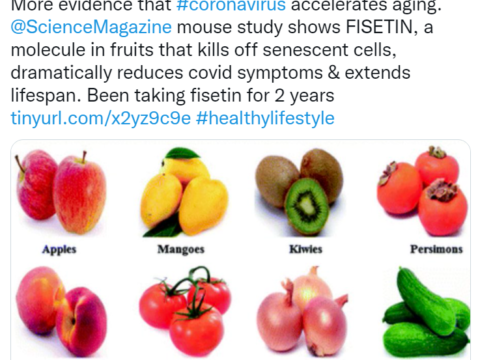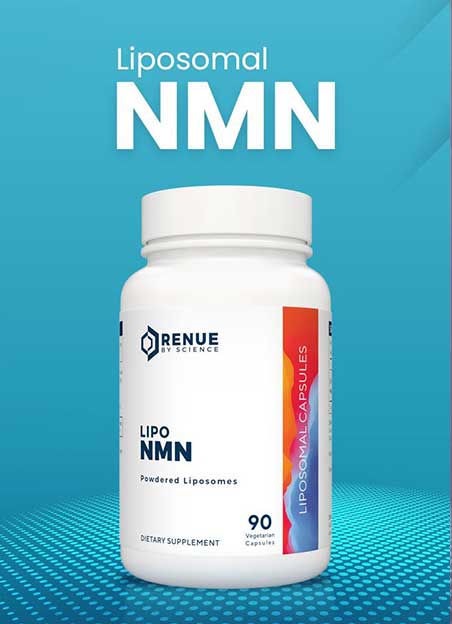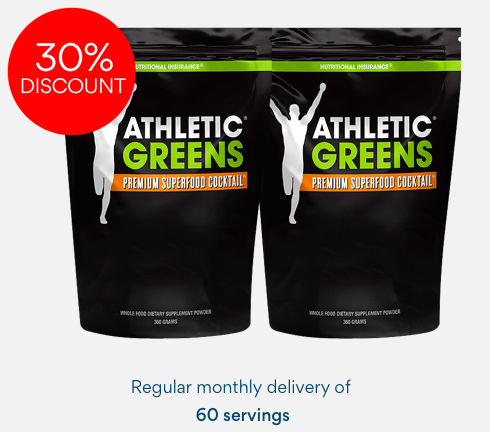
Disclosure: This post contains affiliate links. If you buy through my link or use my codes, I will earn commissions.
Introduction
When it comes to anti-aging, there are many paths to follow. Some people opt for anti-aging creams for temporary and surface-level results while others, like David Sinclair, aim to stop the very causes of aging. David Sinclair is a lead researcher in the field of anti-aging. His work in the field spans over four decades. He believes aging to be a disease and thinks that we do not have to give in to the idea of aging. If you have dreamed of living a long and healthy life, longer and healthier than how our typical idea of aging, then David Sinclair seems to have answers for you.
The reason that David Sinclair is seen as THE expert in the anti-aging field is that his decades’ worth of work speaks volumes about his expertise. He has authored many accredited research articles about the subject. His genetics labs at Harvard University continue to produce amazing work in the field of anti-aging. He has been consistently cited several thousand times a year, since 2006. In the year 2020 alone, his work was cited in 6934 academic articles. This means that when he says that we can not only slow down aging but also possibly reverse, he knows what he is talking about.
In his book
David Sinclair’s Theory of ‘Xeno-Hormesis’ and Calorie Restriction
David Sinclair is a leading researcher in the field of anti-aging. He has spent his whole career studying what makes us age and how to stop it. He advocated for calorie restriction to achieve anti-aging effects for a long time. Calorie restriction works in slowing down aging significantly in several organisms such as spiders, flies, yeast, worms, rodents, and fish. It activates sirtuins genes in the body that work on processes involved in slowing down aging in humans. David Sinclair believed that just like calorie restriction activates sirtuins genes in other organisms, it can do the same for humans.
Sinclair’s theory of ‘xeno-hormesis’ was all the rage in the early 2000s. Xeno-hormesis is also based on calorie restriction. He observed that quercetin and resveratrol extend the lifespan of different animals and fungi while replicating the success of calorie restriction. It was peculiar that foreign molecules would be modulating the same neural pathways that are evoked from energy deficit. The hypothesis presented was that “the sirtuins enzymes have evolved to respond to plant stress molecules as indicators of an impending deterioration of the environment”. This idea was called xeno-hormesis hypothesis.
Nicotinamide Adenine Dinucleotide (NAD+)
While xeno-hormesis was what David Sinclair advocated for at the time, he has embraced a difference approach ever over the years. He believes that there is a better way of activating sirtuins genes and that is by increasing the levels of a substance known as Nicotinamide Adenine Dinucleotide (NAD+) available to our cells.
It all comes down to activating Sirtuins genes. Research into anti-aging has found out that this can be achieved by replenishing the decreasing levels of NAD+ in human cells. As humans age, the available amount of NAD+ decreases over the years. By raising NAD+ levels through various methods, sirtuins genes can be activated which, in turn, helps reduce the impact of aging on the body.
NAD+ and Aging
While the research on NAD+ and its anti-aging qualities is fairly new, it has shown tremendous promise, so far. A research paper by Shin-ichiro Imai and Leonard Guarente concluded the following:
Restoring NAD+ by supplementing NAD+ intermediates can dramatically ameliorate these age-associated functional defects, counteracting many diseases of aging, including neurodegenerative diseases. Thus, the combination of sirtuin activation and NAD+ intermediate supplementation may be an effective anti-aging intervention, providing hope to aging societies worldwide.
The research paper has seen wide acceptance in the scientific community and has been cited 770 times, according to Google Scholar. There are many ways through which NAD+ levels can be improved in the human body. David Sinclair advocates for supplements for a substance known as Nicotinamide mononucleotide (NMN). NMN is a precursor to NAD+. Replenishing NMN in the body can lead to a higher production of NAD+ in human cells. The following figure shows the declining levels of NAD as we age:
Figure 1 – NAD+ and Aging
Lowering NAD+ with age means that all the functions carried out by NAD+ in our body such as managing energy production and cell metabolism. NAD+ is also important in maintaining stable chromosomes and repairing damages to DNA. When the levels of NAD+ get lower in the body, all these functions get negatively impacted and diseases associated with aging occur.
NMN and NAD+
The way to replenish NAD+ is to increase the number of its precursors available to the cells. David Sinclair advocates for NMN because it has proven to be an effective precursor to NAD+ in many experiments. It has been especially effective in treating Type 2 Diabetes in mice. David Sinclair has advocated for this precursor to NAD+ in his book titled Lifespan: Why We Age and Why We Don’t Have to. He has stated on many occasions that he takes NMN to improve NAD+ levels in his body. Another David Sinclair book ‘Just In Time: The Discovery of Sirtuin and How it Will Change Everything’ emphasizes how important the discovery of sirtuin gene is, and how NAD+ can help activate them to fight aging. NMN is a precursor to NAD+. An increased amount of NMN can help increase NAD+ levels available to the cells.
Trimethylglycine (TMG)
While taking NMN to improve NAD+ in the body is great, David Sinclair also emphasizes taking Trimethylglycine (TMG) along with it. NAD+ boosters such as NMN can end up draining the pool of methyl groups in the body. When NAD+ gets broken down, it produces Nicotinamide (NAM). The body then attaches a methyl to NAM in order to safely extract it through the kidneys. Methyl attached with NAM makes methylnicotinamide (MeNAM). This means that as more and more NAD+ is used, an increasing amount of methyl is needed to safely get rid of NAM. This is why David Sinclair takes supplements for TMG, along with NMN.
TMG (Trimethylglycine) – 90 x 500 mg Acid Resistant Capsules – Renue By Science
Having understood the need for TMG, it is time to introduce the top TMG product in the market. Renue by Science is one of the leading anti-aging companies with a range of products from NMN to Resveratrol. It is important for the people taking NMN to top it off with TMG because the increased production of NAD+ can drain methyl groups present in the body. Taking TMG ensures that there is enough TMG available in the body to not only dispose of NAM but also to carry out its other functions. TMG capsules by Renue By Science are easy on the wallet, in addition to being highly effective in sustaining healthy levels of methyl groups in the body. Each capsule contains 500 mg of TMG. The capsule itself is resistant to the acids found in the stomach in order to get the TMG where it is needed.
Each bottle of TMG contains 90 capsules and costs $19.95. The capsules are designed to improve methylation which, in turn, keeps the homocysteine levels in check. Taking TMG along with NMN provides the perfect balance for NAD+ production in the body without any side effects.
The product goes through rigorous third-party testing. The product page provides details about these tests. Product testing at Renue by Science follows a three-step process. In the first step, the acceptance testing of the product ensures that it does not contain any heavy metals, microbial, and impurities. The second step is called product acceptance testing and it ensures that the ingredients listed on the label are present in the product in appropriate quantities. Lastly, the stability testing phase of the product involves verifying that the finished product of the company meets all the standards for purity and strength.
Frequently Asked Questions
Why should I take TMG with NMN?
NMN increases the production of NAD+ in the human body like it is supposed to. However, the additional NAD+ ends up producing a by-product called NAM when it is consumed. Methyl groups are needed to convert NAM into MeNAM so it can be safely passed through the kidneys. This process drains the methyl groups from the body. TMG restores the methyl groups to their previous levels.
Is it safe to consume NMN and TMG?
Multiple studies have shown that NMN is safe for human consumption. A recent study found NMN to be perfectly safe when doses of 100, 250, and 500 mg were taken in oral form. The study concluded that “The single oral administrations of NMN did not cause any significant clinical symptoms or changes in heart rate, blood pressure, oxygen saturation, and body temperature.” Thus, NMN is perfectly safe for consumption.
TMG is also safe for consumption but people with cholesterol issues and heart issues talk to their doctor before taking it, due to possible side effects. People with kidney issues should not take it at all.
How much TMG should be taken?
While there is no official recommendation about how much TMG you should be taking, it is considered safe to take up to 15 grams of TMG per day. A study has proven TMG to be safe and effective when taken in the range of 500 to 9000 mg.
What are the possible side effects of taking TMG?
Common side effects of taking TMG include bloating, diarrhea, nausea, cramps, indigestion, and vomiting. Contact your doctor if any of these symptoms persist or become too severe. Your symptoms can be managed by managing your doses better.









